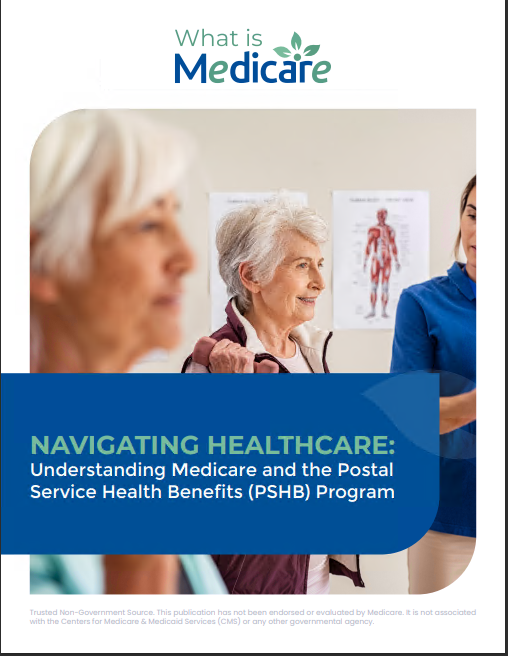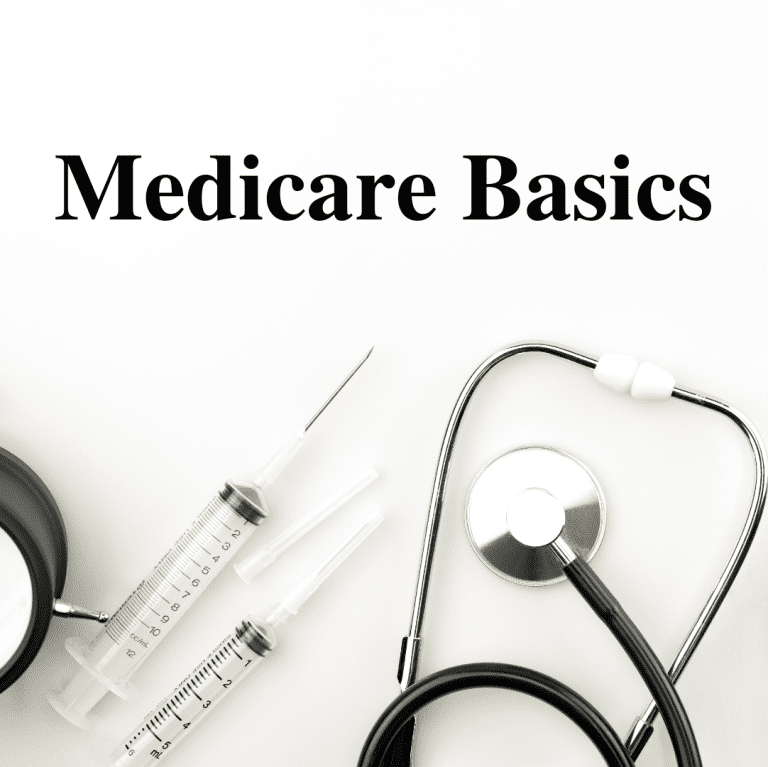Key Takeaways:
- Medicare will implement a $2,000 out-of-pocket cap on drug costs in 2025, providing significant financial relief to millions of seniors.
- This change addresses high prescription drug prices by limiting annual expenses, making medications more accessible for Medicare beneficiaries.
$2,000 Drug Cost Cap Coming to Medicare in 2025: Here’s What You Need to Know
In 2025, Medicare will introduce a $2,000 annual out-of-pocket cap on prescription drug costs, a move that promises to alleviate financial pressure for millions of older adults. This change is part of a larger overhaul aimed at making healthcare more affordable and accessible, particularly for seniors who rely on costly medications. As drug prices have soared in recent years, many beneficiaries have faced tough choices between paying for prescriptions and covering other essential expenses. With the new cap, Medicare recipients will have a clear limit on how much they pay for medications each year, providing them with peace of mind and more predictable healthcare costs. Here’s what you need to know about this upcoming change and how it will affect you.
Why the $2,000 Cap Matters for Seniors
One of the primary concerns among Medicare beneficiaries has been the rising cost of prescription drugs. Many people on Medicare take multiple medications, which can add up to thousands of dollars per year in out-of-pocket expenses. Until now, there has been no limit on how much individuals could spend on medications under Medicare Part D, leading to financial hardship for some.
The $2,000 out-of-pocket cap addresses this issue directly. Starting in 2025, once a Medicare recipient spends $2,000 on covered prescription drugs, Medicare will cover the remaining costs for the rest of the year. This means that beneficiaries will no longer face potentially limitless drug costs, making their healthcare more manageable and reducing the financial strain of unexpected medical expenses.
How Does the Cap Work?
The $2,000 cap applies to the total amount that beneficiaries pay out-of-pocket for their prescription drugs each year. This includes deductibles, copayments, and coinsurance under Medicare Part D. Once a person reaches this $2,000 threshold, their out-of-pocket costs will be fully covered for the remainder of the year.
Currently, under Medicare Part D, beneficiaries continue paying a portion of their drug costs even after they reach the “catastrophic coverage” phase, where Medicare covers the majority of the expenses. The 2025 change eliminates this ongoing cost-sharing, meaning once you hit the $2,000 cap, you’re done with paying for the year.
Who Benefits the Most?
This change will particularly benefit individuals who take high-cost or specialty drugs. These medications often come with hefty price tags, and without the cap, some beneficiaries can end up spending much more than $2,000 in a year. For example, those managing chronic conditions like cancer, multiple sclerosis, or rheumatoid arthritis often rely on specialty medications that can cost tens of thousands of dollars annually. Under the current system, even with Medicare coverage, out-of-pocket costs for these drugs can be burdensome.
The cap also helps those on fixed incomes, such as retirees, who may struggle to keep up with rising healthcare costs. By setting a firm limit on what they will pay each year, Medicare beneficiaries can better budget their healthcare expenses and avoid the financial uncertainty that often comes with high drug prices.
How Will the $2,000 Cap Impact Prescription Drug Access?
Reducing out-of-pocket costs will likely increase access to essential medications for many Medicare recipients. Some people delay or skip filling prescriptions due to cost, which can lead to worse health outcomes in the long term. With a more affordable system in place, more seniors will be able to consistently take the medications they need, improving their overall health and well-being.
The cap also reduces the risk of “prescription abandonment,” where patients start a medication but stop taking it because they cannot afford to continue paying for refills. This problem is particularly prevalent among those taking expensive specialty drugs. The $2,000 cap ensures that once beneficiaries reach that limit, they can continue accessing their medications without worrying about additional costs for the remainder of the year.
Addressing Drug Price Inflation
Another key aspect of this change is that it serves as part of a broader initiative to address the rising cost of prescription drugs. While the $2,000 cap directly helps beneficiaries by limiting their out-of-pocket expenses, it also signals an effort by policymakers to control overall drug prices.
Along with the cap, Medicare will gain the power to negotiate prices for certain high-cost drugs starting in 2026. This marks a significant shift in how prescription drug pricing is handled in the U.S., as Medicare has previously been prohibited from directly negotiating prices with pharmaceutical companies. By capping out-of-pocket costs and negotiating prices, these combined efforts aim to make medications more affordable in the long term.
What to Expect: A Timeline of Changes Leading to 2025
The $2,000 cap is part of the Inflation Reduction Act, passed in 2022, which introduced several reforms to reduce prescription drug costs for Medicare beneficiaries. While the cap will officially take effect in 2025, there are other changes you should be aware of in the meantime:
- 2023: Insulin costs for Medicare beneficiaries were capped at $35 per month. This change was the first in a series of reforms aimed at making essential medications more affordable.
- 2024: The “catastrophic coverage” phase in Medicare Part D will be adjusted so that beneficiaries no longer pay any coinsurance after reaching the out-of-pocket threshold, providing some relief ahead of the full implementation of the $2,000 cap.
- 2025: The $2,000 annual out-of-pocket cap goes into effect for all Medicare Part D enrollees, offering a significant reduction in prescription drug costs for millions of Americans.
What You Can Do to Prepare
If you’re a Medicare beneficiary or will soon become eligible, there are steps you can take now to prepare for these changes. First, review your current Medicare Part D plan to understand your prescription drug coverage and out-of-pocket costs. This will help you assess how the $2,000 cap might affect your future expenses.
It’s also important to stay informed about the upcoming changes by regularly checking updates from Medicare or contacting a licensed insurance agent who specializes in Medicare coverage. They can help you navigate the system and make sure you’re taking full advantage of the new cost-saving measures when they become available.
Why Prescription Drug Reform is Critical
The implementation of a $2,000 cap is a direct response to the growing financial burden of healthcare in the U.S. Over the past two decades, drug prices have risen at a much faster rate than inflation, putting many Americans, especially seniors, in a difficult position. Older adults are often on multiple medications, and without proper reforms, out-of-pocket drug costs can quickly spiral out of control.
Moreover, the cap reflects a broader acknowledgment of the need for systemic changes in how prescription drugs are priced and covered in the healthcare system. While the cap addresses one aspect of this problem—out-of-pocket costs—additional reforms, such as price negotiations, aim to tackle the root of the issue by lowering the prices that Medicare pays for medications in the first place.
What This Means for the Future of Medicare
The $2,000 cap is a significant milestone in Medicare’s ongoing evolution to meet the needs of today’s seniors. It reflects a commitment to making healthcare more affordable and sustainable, especially as the population ages and more Americans become eligible for Medicare.
These changes also represent a shift in how the U.S. government approaches healthcare costs, particularly in terms of reigning in drug prices and reducing the financial burden on consumers. As these reforms take effect, the hope is that they will not only improve access to medications but also lead to better health outcomes for Medicare beneficiaries in the years to come.
Keeping Your Healthcare Costs Under Control
As healthcare costs continue to rise, it’s important for Medicare beneficiaries to stay informed and proactive. The $2,000 cap on prescription drug costs is a crucial step in making healthcare more affordable, but it’s just one piece of the puzzle. Taking advantage of preventative care services, staying up to date on Medicare plan changes, and working with licensed insurance agents to review coverage options are all part of a comprehensive strategy to manage healthcare expenses effectively.








